
From Farm to Table in India
Millets, revered for their nutritional benefits and sustainability, are experiencing a resurgence in India. This blog delves into the millet value chain, detailing each stage from cultivation to consumption, and highlights how different states in India are contributing to this dynamic sector.

1. Cultivation: The Foundation of the Millet Value Chain
Millet cultivation in India is geographically diverse, with several states playing key roles:
Rajasthan:
Rajasthan is the largest producer of pearl millet (bajra), contributing over 40% of India’s total bajra production. The state’s arid climate is well-suited for millet cultivation, making it a staple crop in the region.
Karnataka:
Known for finger millet (ragi), Karnataka contributes around 50% of the national production. Ragi thrives in the state’s varied agro-climatic conditions and is integral to local diets.
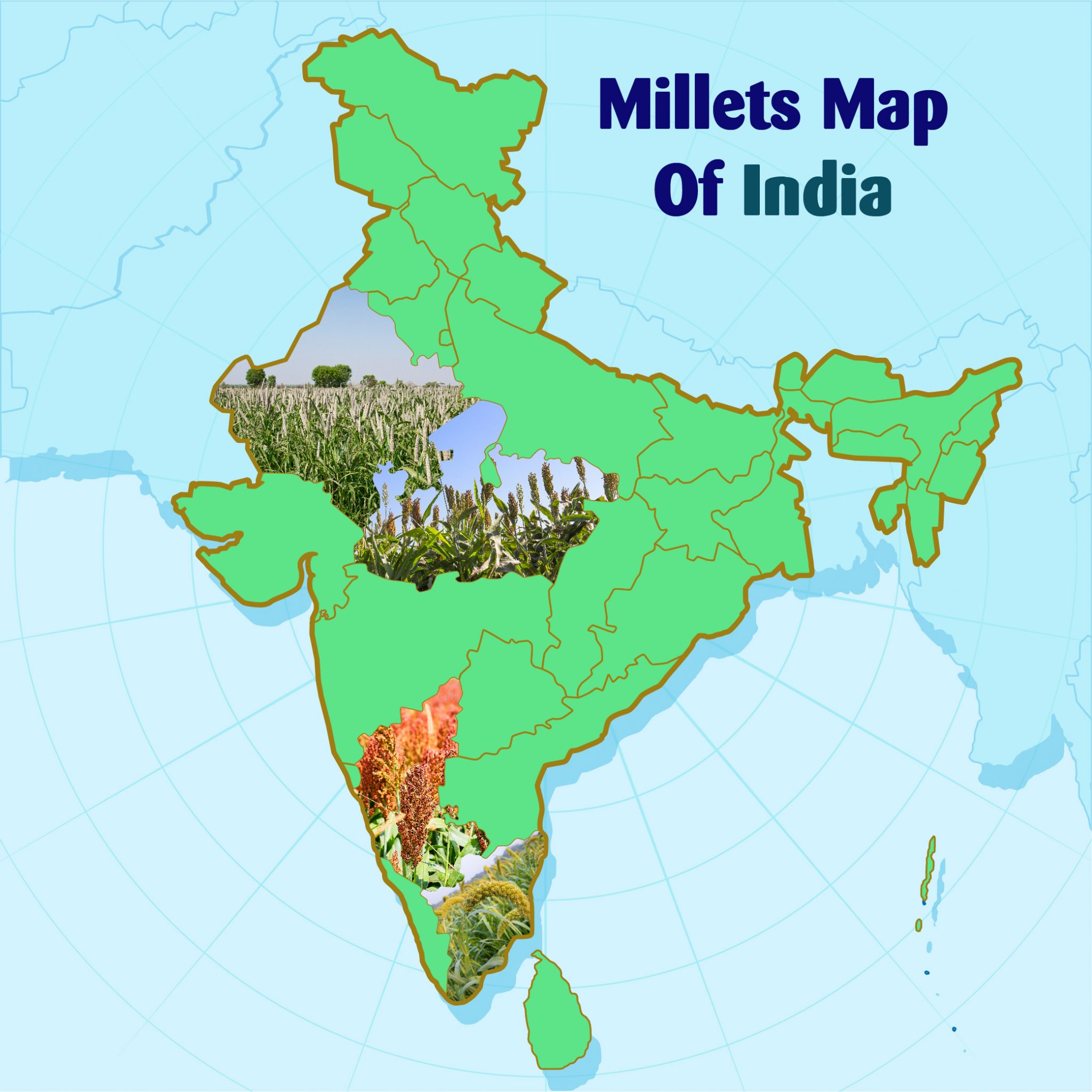
Madhya Pradesh:
This state is a significant producer of various millets, including foxtail millet and barnyard millet. The fertile lands and diverse rainfall patterns support millet farming across multiple districts.
Tamil Nadu:
Tamil Nadu, with its favorable climate, supports the cultivation of both pearl millet and finger millet. The state is also known for its traditional millet-based recipes.
2. Processing: Turning Grains into Edible Products
Processing is a crucial step in the millet value chain, ensuring grains are suitable for consumption:
Milling Technology:
In states like Karnataka and Tamil Nadu, modern milling technologies are being adopted to enhance the efficiency and quality of processed millets. For example, Karnataka’s investment in state-of-the-art mills helps meet the growing demand for ragi flour.
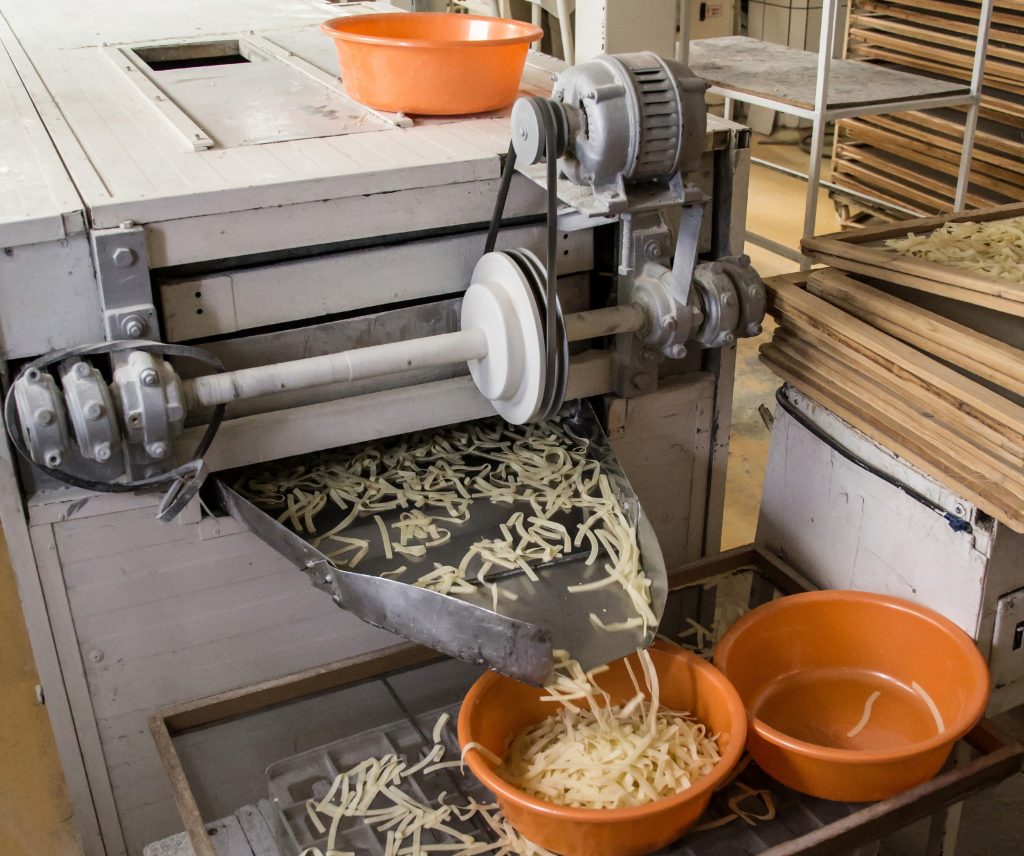
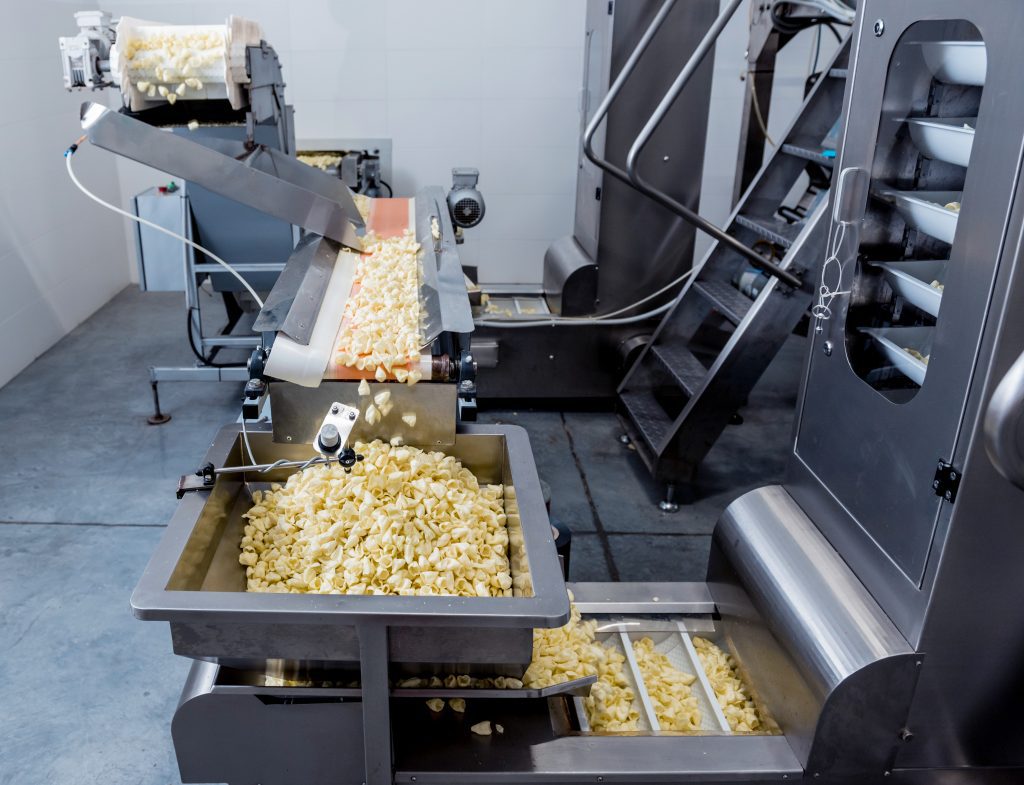
Cooperative Models:
In Rajasthan, cooperatives play a pivotal role in processing bajra. These cooperatives help in cleaning, sorting, and milling bajra, ensuring quality and consistency in the final product.
3. Distribution: Getting Millets to the Market
Effective distribution networks are essential for bringing millets to consumers:
Local Markets:
In states like Rajasthan and Madhya Pradesh, local markets are crucial for the distribution of millets. Farmers often sell directly to local markets, reducing transportation costs and ensuring fresh produce.
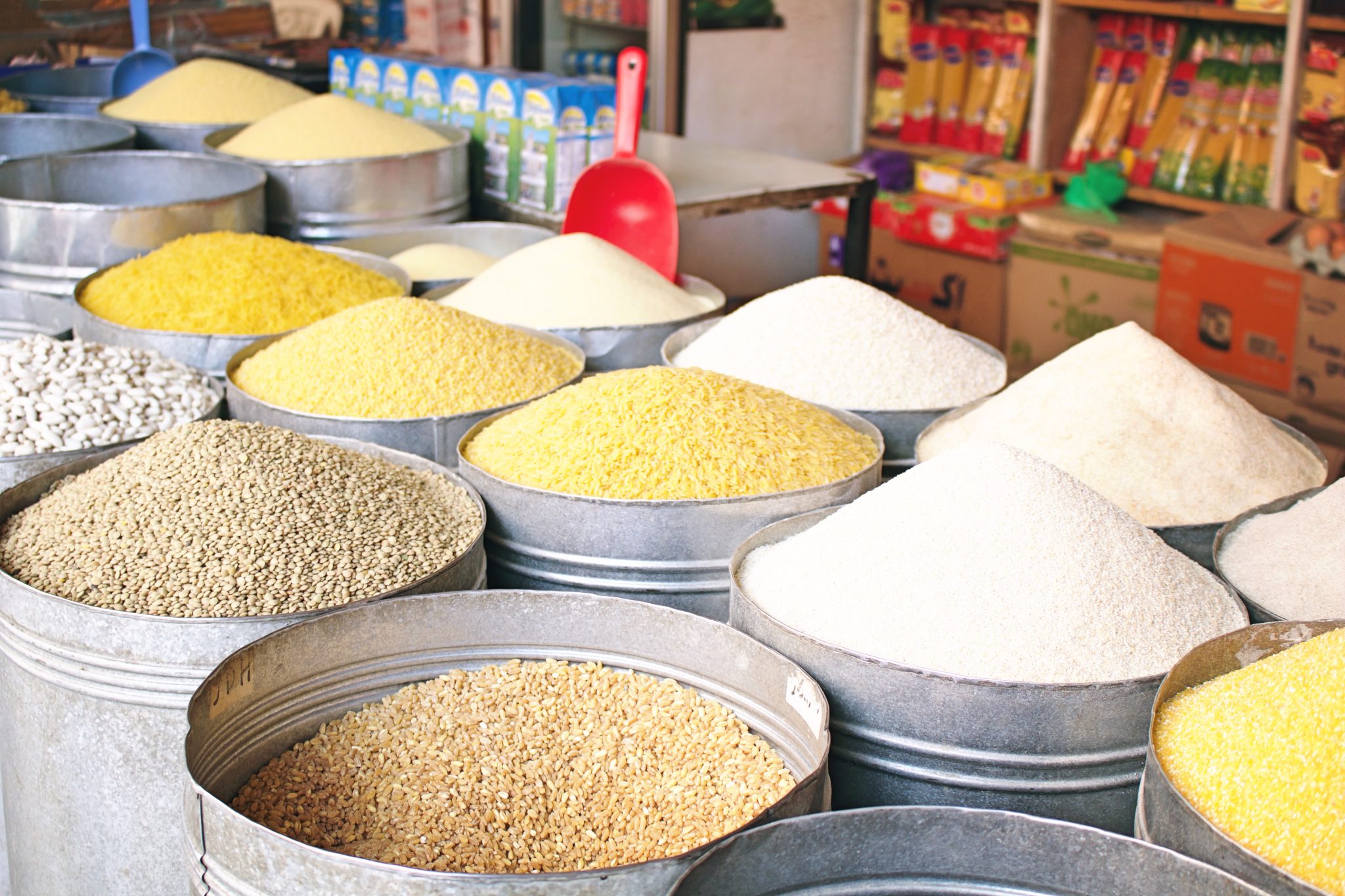
Wholesale and Retail:
In Karnataka and Tamil Nadu, millets are distributed through wholesale channels to urban and rural retailers. The expansion of retail outlets and supermarkets has increased millet availability in these regions.
E-commerce:
The rise of online platforms is expanding millet reach across India. E-commerce sites are increasingly featuring millet products from various states, allowing consumers nationwide to access these nutritious grains.
4. Consumption: From Kitchen to Table
Millets offer a range of culinary possibilities, influencing diets across India:
Traditional Dishes:
In Karnataka, ragi is used in traditional dishes like ragi mudde (finger millet balls) and ragi dosa. Similarly, in Tamil Nadu, millets are incorporated into a variety of traditional recipes.

Modern Adaptations:
Innovative products such as millet-based snacks and breakfast cereals are gaining popularity. For example, millet-based energy bars and gluten-free products are emerging from states like Gujarat and Maharashtra.
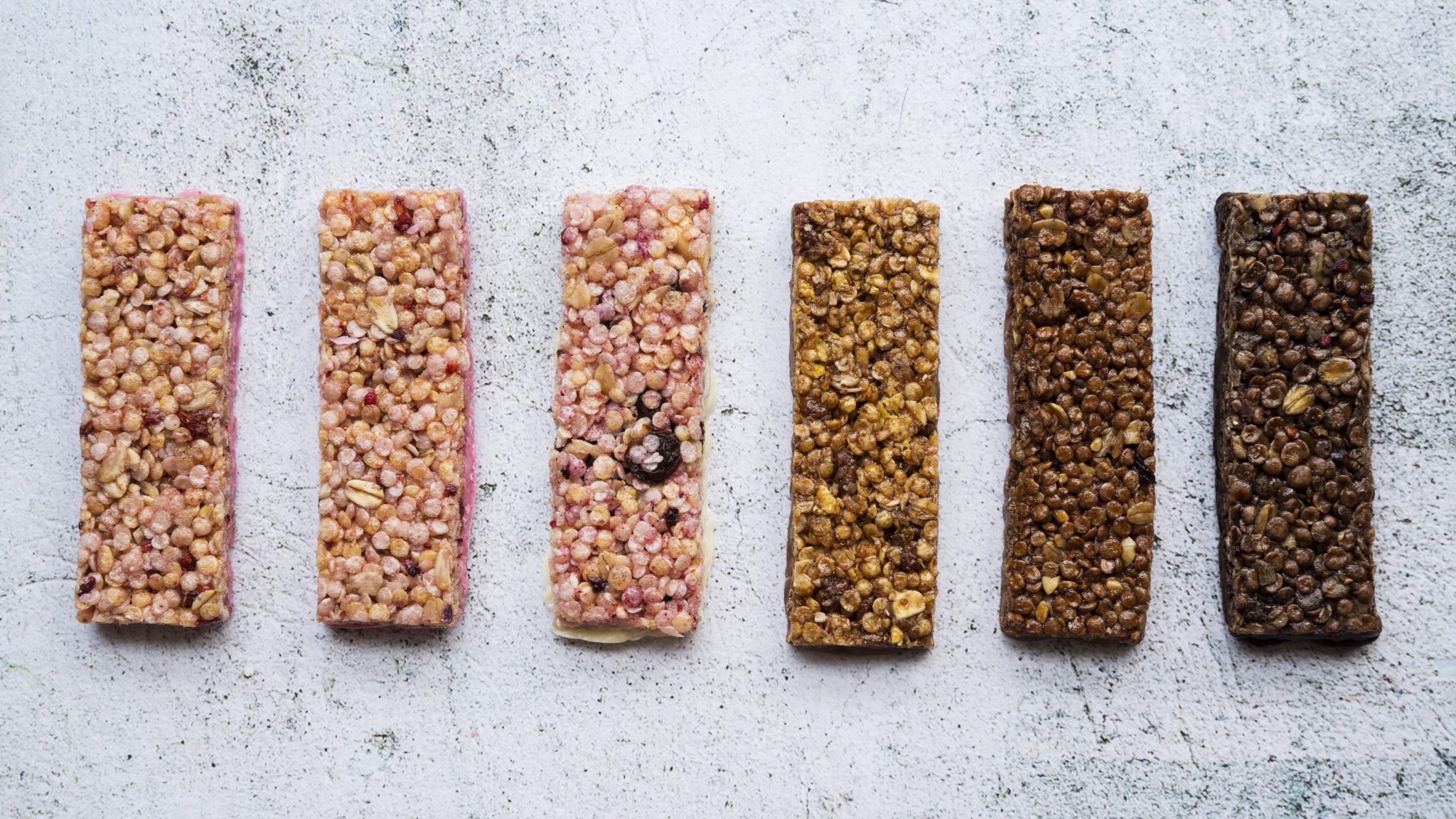
Nutritional Benefits:
Millets are celebrated for their health benefits. They are rich in fiber, minerals, and vitamins, and have a low glycemic index. This makes them a preferred choice for health-conscious consumers and those managing chronic conditions like diabetes.
Challenges and Opportunities
The millet value chain faces several challenges but also presents significant opportunities:
Infrastructure:
States like Rajasthan and Karnataka are investing in improving processing and storage infrastructure to enhance millet quality and reduce post-harvest losses.
Market Awareness:
Increasing consumer awareness about the benefits of millets is crucial. States like Tamil Nadu and Karnataka are spearheading initiatives to promote millet consumption through educational campaigns and culinary demonstrations.
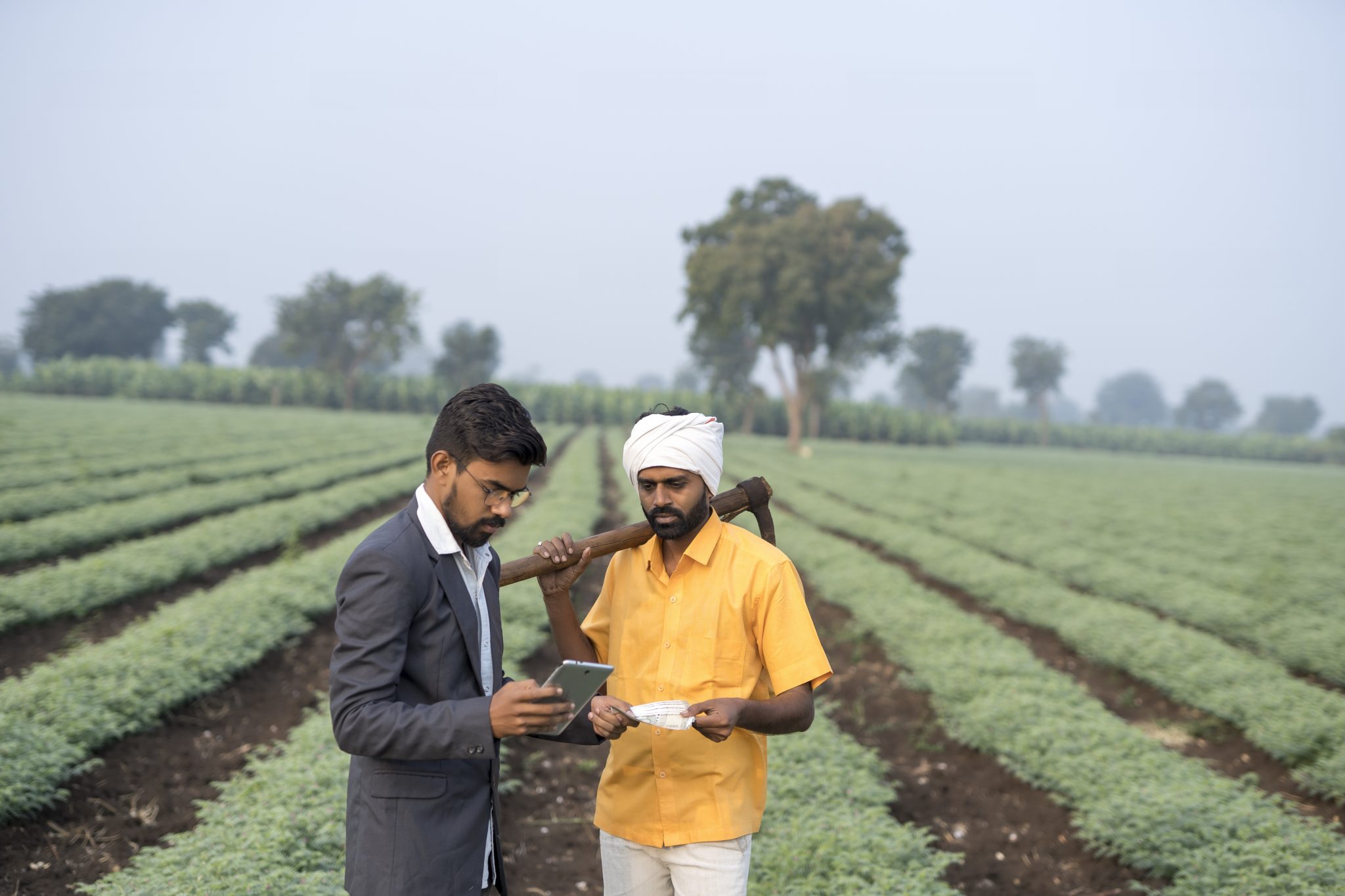
Policy Support:
Government initiatives, such as the National Mission on Oilseeds and Oil Palm, are providing support for millet cultivation. These policies aim to boost production, improve processing facilities, and enhance market access.
Current Statistics and Future Outlook
As of 2023, India produces approximately 8.5 million tonnes of millets annually, with Rajasthan, Karnataka, and Madhya Pradesh being the top producers. The government’s push for millets, including the declaration of 2023 as the International Year of Millets, is expected to further enhance production and consumption.
Conclusion
In conclusion, the millet value chain in India is a dynamic and evolving sector. By addressing infrastructure challenges, promoting market awareness, and leveraging government support
India can maximize the potential of millets, benefiting farmers, processors, and consumers alike
IS360 Can be Reached at
Sharing is caring!

